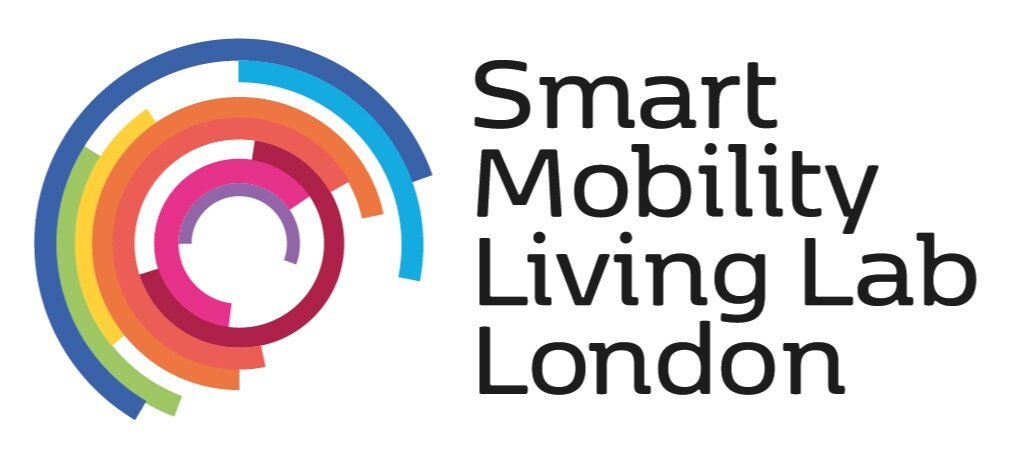Designing for equity in autonomous rideshares
By Karla Jakeman, Head of Automated Transport at TRL
Picture the scene, it’s a hot July evening at rush hour. (Remember those hot days?!) You are on a crowded tube, thigh to thigh with some random person next to you or if you are really unlucky stood up with your face in someone else’s armpit. Hideous. Unpleasant. But it’s the way it is, and you are used to it.
Now picture another scene, same hot July evening, only this time you are on your own in an air-conditioned connected autonomous vehicle (CAV). Then suddenly, the car stops, and a stranger gets in, clearly having been for a summer beer after work. It is far from crowded like on the tube, not thigh to thigh. But the feelings change. At best you are annoyed that your lovely safe private car is now a shared vehicle. At worst, genuine fear. You are in a confined space with a stranger. You feel vulnerable and alone which is understandably more acute for woman and other vulnerable users.
What is the etiquette? Do we smile or say hello? Do we avoid eye contact?
Why do these situations feel so different? Is it the enclosed smaller space? Is it the one-one-one nature with no other passengers to potentially step in if required? Why do some have a fear already that they will feel vulnerable in this situation? Will cameras, sensors or clever apps with discreet security alerts make us feel more comfortable? More lights? Will they deter or even prevent anti-social behaviour?
One thing is certain, we must ensure that in the development of CAV’s we take a holistic approach and consider users’ emotions and behaviours in design and testing.
One approach is for people to pay more for a solo trip. That doesn’t sit right with me as means the typically lower income, more vulnerable sectors of society would need to pay more. That seems an unfair price to pay to feel safe. It also potentially undermines one of the assumed benefits of CAVs – that they will enable efficient use of multi-occupancy travel through ride-sharing and dynamic demand-responsive supply, to lower the numbers of vehicles on the road.
According to Teague in their article Designing for Women’s Safety in Autonomous Rideshares, 76% of women are sceptical that CAV’s will be safe. That is a very high portion of potential customers. We need to ensure there are exit strategies available such as enabling the passenger to discreetly divert the vehicle, so it is not dropping them outside their house but nearby. The ability to call for help is a must. The innovation community need to think broadly, and all options must be considered.
Without doubt, when testing, we need to continue to ensure that data collected is diverse and from all protected characteristics. All sectors of society must be included.
Picture the scene, you are in a connected autonomous vehicle on a hot summers evening, relaxing and listening to whale song (dare to dream here!). Some random stranger gets in. You smile politely and go safely and comfortably on your way. Nirvana is possible, but now is the time to get it right.

